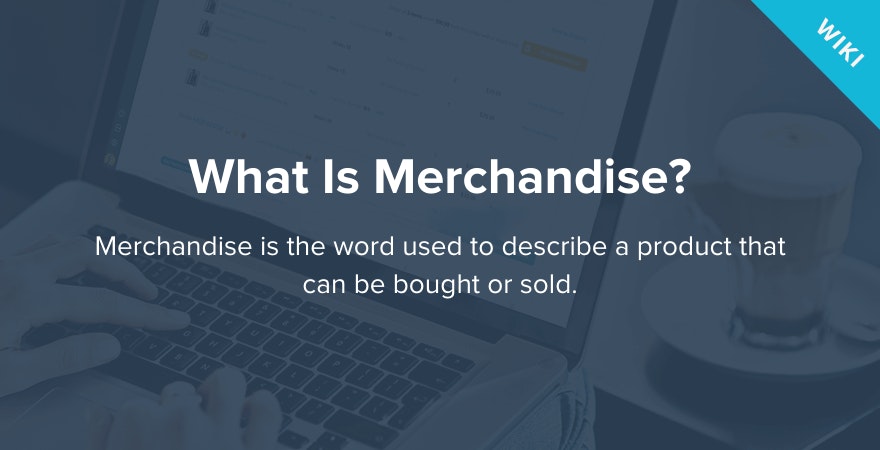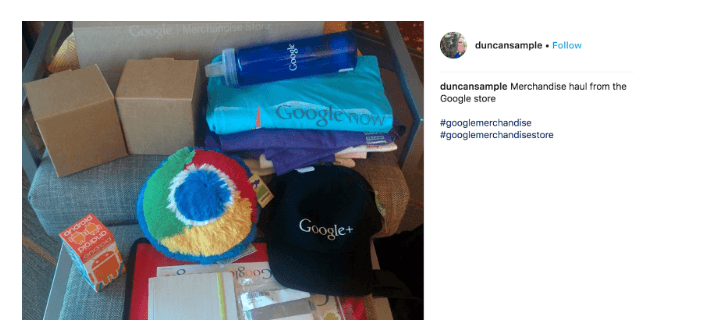
Merchandise

Don’t wait for someone else to do it. Hire yourself and start calling the shots.
Get Started FreeWhat Is Merchandise?
Merchandise is the word used to describe a product that can be bought or sold. All products stocked in a supermarket are merchandise that was bought from a manufacturer, to be sold to a customer. Merchandise can be considered as any type of good for sale, for example, clothes in a clothes shop is merchandise, raw materials from a manufacturer are merchandise and computers in an electronics store are merchandise.
What Are the Types of Merchandise?
From a retailer’s point of view, there are four main types of merchandise that can be sold to customers. These are:
- Convenience Merchandise: This merchandise is anything that a customer cannot live without. Convenience merchandise or goods can be bought with relative ease anywhere and mainly includes food and hygiene products.
- Impulse Merchandise: On the other side of convenience merchandise is impulse merchandise which is the add-on products customers may buy in a supermarket, also known as luxury items. These include sweets, magazines, and newspapers.
- Household and Electronic Merchandise: This merchandise is a high intent, high price product that needs more thought and research before buying. Because of this, retailers sell less stock so they must mark up these products price-wise to make a profit. These items include furniture, smartphones, and electrical equipment.
- Specialized Merchandise: Specialized merchandise refers to niche products that people buy less often but spend more money on. These would include holidays or rare cars.
Why Is Merchandise Important?
Merchandise makes the world go around in today’s commercial society and is needed for our economy to be successful. Without it, we cannot survive. Everything, no matter if it is a need or a want, can be classed as merchandise. The main aim of most companies is to make a profit by selling merchandise to the end-user. This is why merchandise is so important – all our needs and wants are met through purchasing or selling merchandise.
What Is Merchandise Inventory?
A merchandise inventory is a list of all the goods that a company buys with the plan to resell it to customers at a higher price. Retailers, wholesalers, and distributors purchase goods from manufacturers with the aim to resell these goods to paying customers through physical or online means. Both wholesalers and distributors aim to sell their merchandise inventory to a retailer, and the retailer aims to sell their merchandise inventory to their customers.
What Is Wholesale Merchandise?
Wholesale merchandise is the sale of products to a retailer and not to an end-user or customer. Wholesale merchandise is sold by a supplier or distributor and never by a retailer as it refers to the sale of goods to anyone but the intended end-user.
What Is Branded Merchandise?
Branding merchandise is any product that contains a logo or a brand on it. It is mostly used as promotional material at conventions but the likes of Google, YouTube, and other large brands sell their branded merchandise in their offices and online. Companies use this activity as a branding exercise and as a way to make more money for the business. Design Hill even quoted a study which reported that 85% of people do business with the advertiser after receiving a promotional item. This is a huge benefit to companies if they can do it right.
What Is the Importance of Branded Merchandise?
Musicians have utilized branded merchandise in the best ways for decades. Being creative helps companies get noticed so it is not only about putting a logo on a t-shirt but it is the type of merchandise that is sold. But why is branded merchandise important?
- An extra revenue stream: For a company selling branded merchandise as well as their normal offering, it can be a great added source of revenue. It is important to ensure that the merchandise is low cost to manufacture for this strategy to be effective as the company should have a good profit margin.
- Brand Recognition: With people walking around town in a company branded t-shirt or carrying a bag with logo sticker on it, the general public is exposed more to branding. People are more inclined to remember the name or logo of something they saw in public, and google them later. Design Hill also quoted that 89% of consumers can recall a brand two years after receiving a promotional product so branded merchandise is a great long-term brand exercise.
- Customer Engagement: With people possessing branded material they have the ability to engage with the company and its audience more. People take pictures of themselves with their branded merchandise at events, traveling to places, and in other cool settings which help to identify the company’s brand proposition. Businesses can profit from building a community around their branded merchandise, motivating their audience to snap pictures of themselves with their swag to help sell more to similar people.

What Is the Difference Between Merchandise and Merchandising?
Merchandise is a product that can be bought or sold to another. It is a simple concept that runs our economy today. On the other hand merchandising is the promotion of a product to influence a customer to buy it. This could include creating an enticing display, promoting a special offer, or hosting a giveaway.
An example of how these two concepts work together is: a supermarket has ordered in a new shampoo (merchandise) that needs to compete with the other hair products on the store shelves. The supermarket devises a cool display case and a special offer (merchandising) to promote the product over all the others in the store. This is a simple example that is used extensively across the world today.